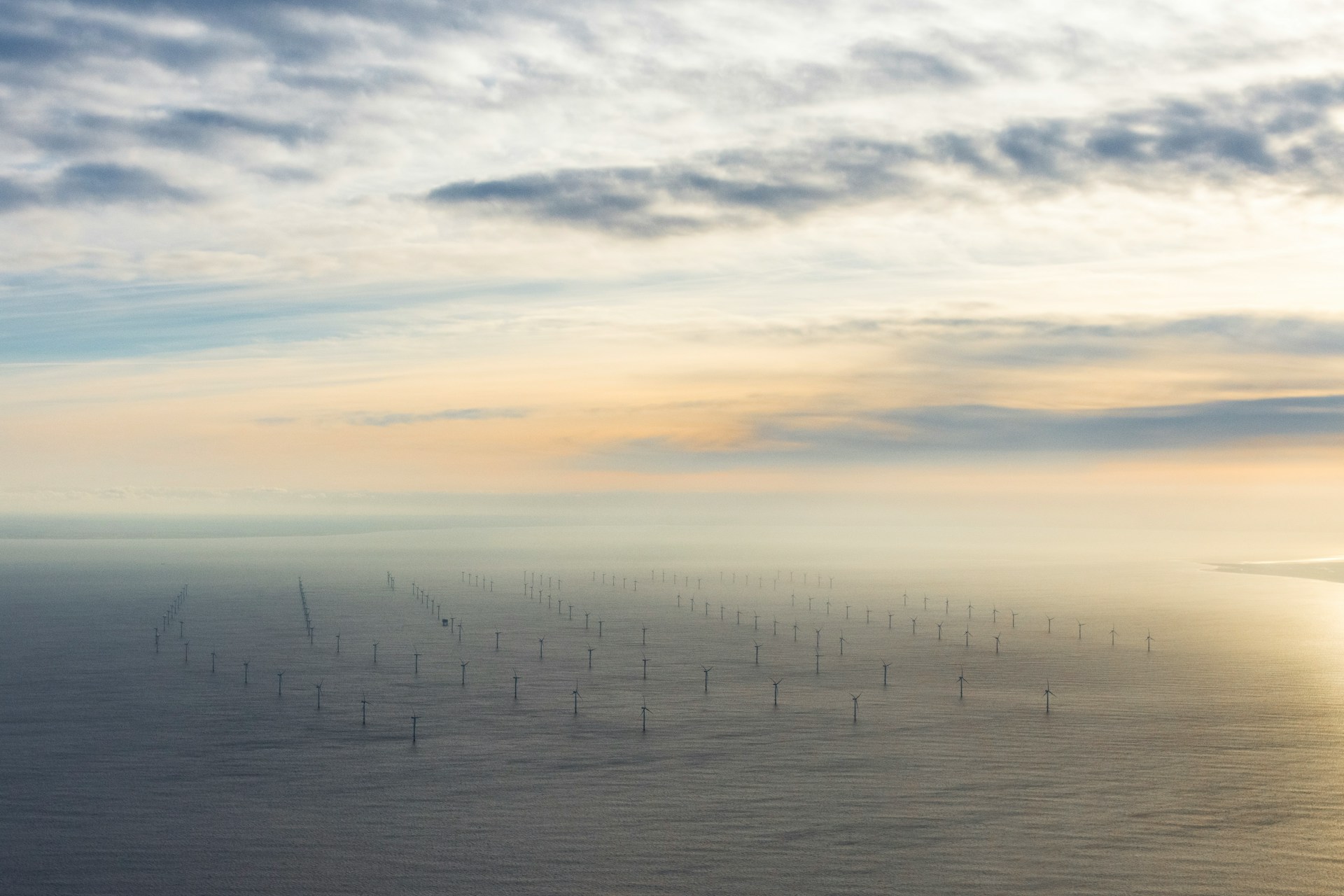Europe's Drive for Offshore Wind Faces Supply Chain Complexity

The European offshore wind sector is challenged with a substantial undertaking to construct the essential infrastructure required to achieve the continent's climate targets.
Approximately 500 gigawatts of power generation capacity are set to be implemented throughout the European Union and adjacent nations such as the UK and Norway, positioning it as the third-largest energy provider by the year 2050. However, achieving these objectives will necessitate the installation of around 54,000 kilometers (34,000 miles) of extra transmission lines, equivalent to circling the planet 1.5 times.
The results presented by ENTSO-E, the transmission system operators' association in Europe, underscore the difficulty faced by the region's supply chains. These supply chains are currently experiencing pressure due to rising inflation, geopolitical concerns, and an increasing level of global competition, which led to a crisis in the wind sector last year.
“The demand exceeds the capacity of the supply chain,” ENTSO-E's initial report on Tuesday unveiled plans for the development of offshore networks. “As a result, TSOs have noticed that the lead time for construction has almost doubled.”
The continent's offshore wind industry must experience a significant surge to align with the EU's target of achieving climate neutrality by the mid-century. To meet the bloc's objectives by the end of this decade, an annual installation of 25.5 gigawatts of capacity is necessary, representing an almost tenfold increase from the average over the previous decade, according to the report.
“In Europe, we have world-class manufacturers of equipment that we need,” In a press briefing, Damian Cortinas, the chair of ENTSO-E's board, conveyed the following message.“But there is clearly a bottleneck in the supply chain.”
According to ENTSO-E estimates, an investment of around €400 billion (equivalent to $435 billion) will be necessary to meet the 2050 targets. In the prior year, the European Union implemented measures to onshore 40% of its manufacturing needs for vital clean technologies like wind power. This decision was prompted by the Inflation Reduction Act passed by the United States and the considerable state subsidies provided by China to these sectors.